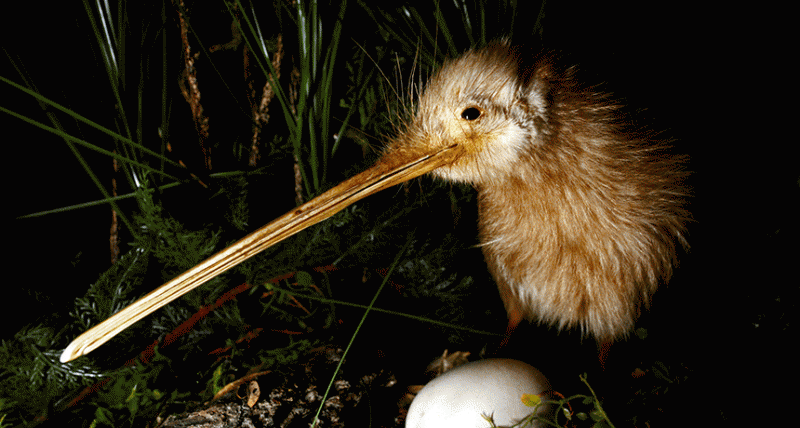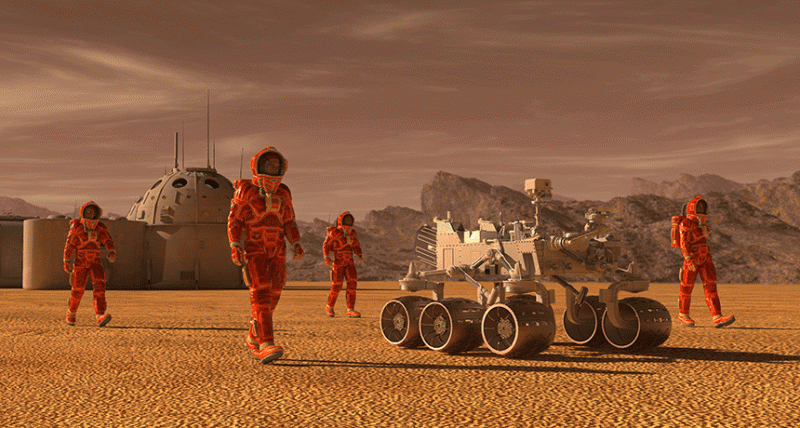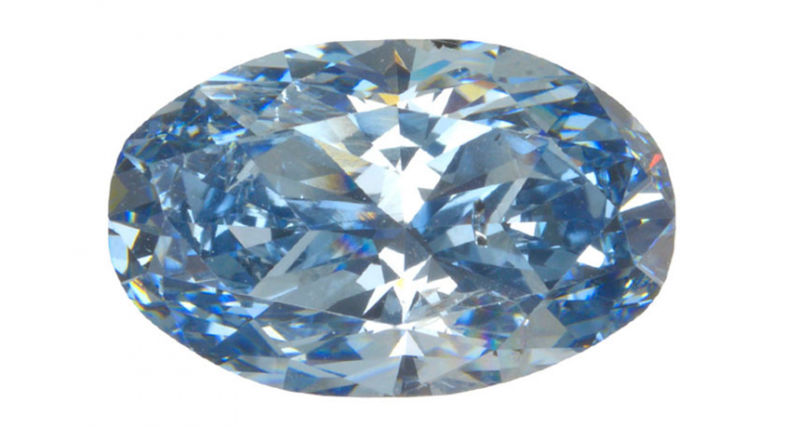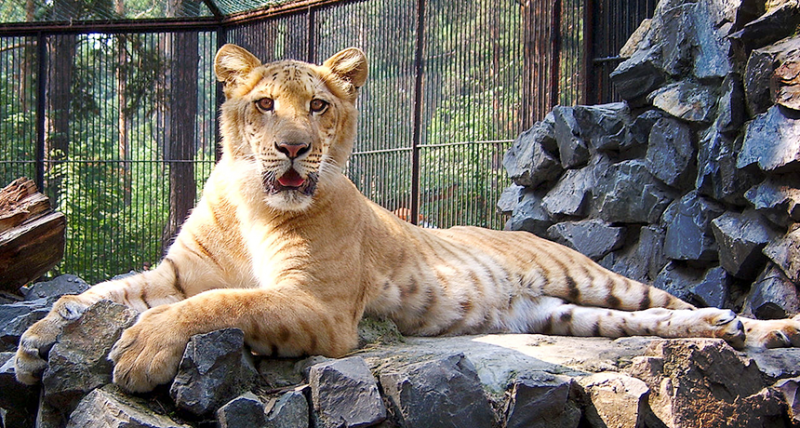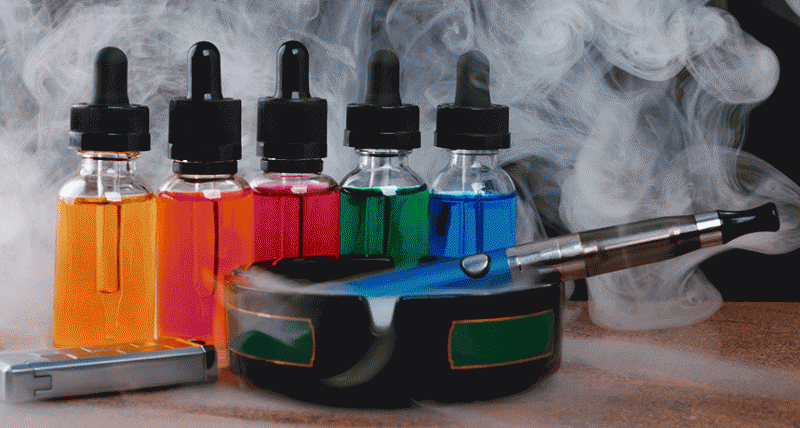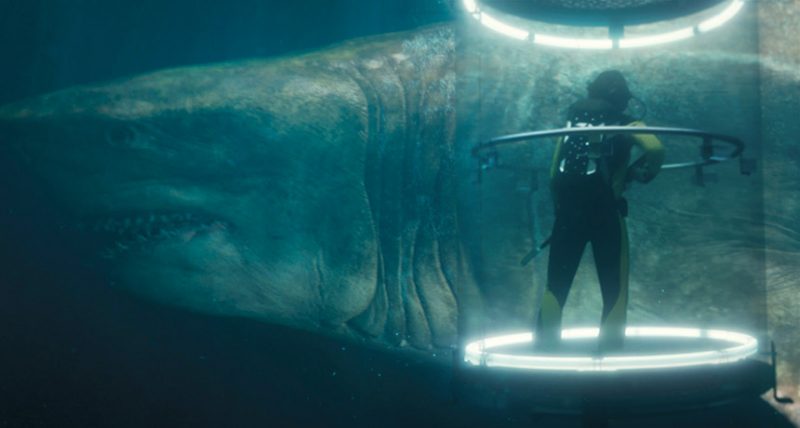app Short for application, or a computer program designed for a specific task.
asthma A disease affecting the body’s airways, which are the tubes through which animals breathe. Asthma obstructs these airways through swelling, the production of too much mucus or a tightening of the tubes. As a result, the body can expand to breathe in air, but loses the ability to exhale appropriately. The most common cause of asthma is an allergy. Asthma is a leading cause of hospitalization and the top chronic disease responsible for kids missing school.
boron The chemical element having the atomic number 5. Its scientific symbol is B.
cell The smallest structural and functional unit of an organism. Typically too small to see with the unaided eye, it consists of a watery fluid surrounded by a membrane or wall. Depending on their size, animals are made of anywhere from thousands to trillions of cells. Most organisms, such as yeasts, molds, bacteria and some algae, are composed of only one cell.
chemical A substance formed from two or more atoms that unite (bond) in a fixed proportion and structure. For example, water is a chemical made when two hydrogen atoms bond to one oxygen atom. Its chemical formula is H2O. Chemical also can be an adjective to describe properties of materials that are the result of various reactions between different compounds.
climate The weather conditions that typically exist in one area, in general, or over a long period.
climate change Long-term, significant change in the climate of Earth. It can happen naturally or in response to human activities, including the burning of fossil fuels and clearing of forests.
crop (in agriculture) A type of plant grown intentionally grown and nurtured by farmers, such as corn, coffee or tomatoes. Or the term could apply to the part of the plant harvested and sold by farmers.
crust (in geology) Earth’s outermost surface, usually made from dense, solid rock.
data Facts and/or statistics collected together for analysis but not necessarily organized in a way that gives them meaning. For digital information (the type stored by computers), those data typically are numbers stored in a binary code, portrayed as strings of zeros and ones.
diamond One of the hardest known substances and rarest gems on Earth. Diamonds form deep within the planet when carbon is compressed under incredibly strong pressure.
DNA (short for deoxyribonucleic acid) A long, double-stranded and spiral-shaped molecule inside most living cells that carries genetic instructions. It is built on a backbone of phosphorus, oxygen, and carbon atoms. In all living things, from plants and animals to microbes, these instructions tell cells which molecules to make.
e-cigarette (short for electronic cigarette) Battery-powered device that disperses nicotine and other chemicals as tiny airborne particles that users can inhale. They were originally developed as a safer alternative to cigarettes that users could use as they tried to slowly break their addiction to the nicotine in tobacco products. These devices heat up a flavored liquid until it evaporates, producing vapors. People use these devices are known as vapers.
Earth’s crust The outermost layer of Earth. It is relatively cold and brittle.
element A building block of some larger structure. (in chemistry) Each of more than one hundred substances for which the smallest unit of each is a single atom. Examples include hydrogen, oxygen, carbon, lithium and uranium.
extinction The permanent loss of a species, family or larger group of organisms.
flavor The particular mix of sensations that help people recognize something that has passed through the mouth. This is based largely on how a food or drink is sensed by cells in the mouth. It also can be influenced, to some extent, by its smell, look or texture.
gene (adj. genetic) A segment of DNA that codes, or holds instructions, for a cell’s production of a protein. Offspring inherit genes from their parents. Genes influence how an organism looks and behaves.
gene drive A technique for introducing new bits of DNA into genes to change their function. Unlike other such genetic engineering techniques, gene drives are self-propagating. That means they make more of themselves, becoming part of every unaltered target gene they encounter. As a result, they get passed on to more than 50 percent of an altered animal’s offspring, “driving” themselves quickly into populations.
hybrid An organism produced by interbreeding of two animals or plants of different species or of genetically distinct populations within a species. Such offspring often possess genes passed on by each parent, yielding a combination of traits not known in previous generations. The term is also used in reference to any object that is a mix of two or more things.
information (as opposed to data) Facts provided or trends learned about something or someone, often as a result of studying data.
invasive species (also known as aliens) A species that is found living, and often thriving, in an ecosystem other than the one in which it evolved. Some invasive species were deliberately introduced to an environment, such as a prized flower, tree or shrub. Some entered an environment unintentionally, such as a fungus whose spores traveled between continents on the winds. Still others may have escaped from a controlled environment, such as an aquarium or laboratory, and begun growing in the wild. What all of these so-called invasives have in common is that their populations are becoming established in a new environment, often in the absence of natural factors that would control their spread. Invasive species can be plants, animals or disease-causing pathogens. Many have the potential to cause harm to wildlife, people or to a region’s economy.
lesion A tissue or part of the body that shows damage from injury or disease. Lesions come in all shapes and sizes, both inside the body and on its outside. A pus-filled wound on the skin is one example. Cells with holes in them or missing parts due to disease represent a totally different class of lesions.
mantle (in geology) The thick layer of the Earth beneath its outer crust. The mantle is semi-solid and generally divided into an upper and lower mantle.
Mars The fourth planet from the sun, just one planet out from Earth. Like Earth, it has seasons and moisture. But its diameter is only about half as big as Earth’s.
megalodon An extinct shark species, Carcharocles megalodon, that lived between the early Miocene (an epoch which started some 23 million years ago) and the end of the Pliocene (roughly 2.6 million years ago). Most scientists believe it was the largest fish to ever live. Its name comes from the Greek and means gigantic tooth. The average adult member of this species could have spanned more than 10 meters (33 feet) and weighed 30 metric tons (66,000 pounds) or more.
native Associated with a particular location; native plants and animals have been found in a particular location since recorded history began. These species also tend to have developed within a region, occurring there naturally (not because they were planted or moved there by people). Most are particularly well adapted to their environment.
nicotine A colorless, oily chemical produced in tobacco and certain other plants. It creates the “buzz” associated with smoking. Highly addictive, nicotine is the substance that makes it hard for smokers to give up their use of cigarettes. The chemical is also a poison, sometimes used as a pesticide to kill insects and even some invasive snakes or frogs.
particle A minute amount of something.
planet A celestial object that orbits a star, is big enough for gravity to have squashed it into a roundish ball and has cleared other objects out of the way in its orbital neighborhood. To accomplish the third feat, the object must be big enough to have pulled neighboring objects into the planet itself or to have slung them around the planet and off into outer space. Astronomers of the International Astronomical Union (IAU) created this three-part scientific definition of a planet in August 2006 to determine Pluto’s status. Based on that definition, IAU ruled that Pluto did not qualify. The solar system now includes eight planets: Mercury, Venus, Earth, Mars, Jupiter, Saturn, Uranus and Neptune.
radiation (in physics) One of the three major ways that energy is transferred. (The other two are conduction and convection.) In radiation, electromagnetic waves carry energy from one place to another. Unlike conduction and convection, which need material to help transfer the energy, radiation can transfer energy across empty space.
Red Planet A nickname for Mars.
resident Some member of a community of organisms that lives in a particular place. (Antonym: visitor)
rocket Something propelled into the air or through space, sometimes as a weapon of war. A rocket usually is lofted by the release of exhaust gases as some fuel burns. (v.) Something that flings into space at high speed as if fueled by combustion.
sensor A device that picks up information on physical or chemical conditions — such as temperature, barometric pressure, salinity, humidity, pH, light intensity or radiation — and stores or broadcasts that information. Scientists and engineers often rely on sensors to inform them of conditions that may change over time or that exist far from where a researcher can measure them directly. (in biology) The structure that an organism uses to sense attributes of its environment, such as heat, winds, chemicals, moisture, trauma or an attack by predators.
shark A type of predatory fish that has survived in one form or another for hundreds of millions of years. Cartilage, not bone, gives its body structure.
smartphone A cell (or mobile) phone that can perform a host of functions, including search for information on the internet.
smoking A term for the deliberate inhalation of tobacco smoke from burning cigarettes.
species A group of similar organisms capable of producing offspring that can survive and reproduce.
stress (in biology) A factor — such as unusual temperatures, movements, moisture or pollution — that affects the health of a species or ecosystem. (in psychology) A mental, physical, emotional or behavioral reaction to an event or circumstance (stressor) that disturbs a person or animal’s usual state of being or places increased demands on a person or animal; psychological stress can be either positive or negative. (in physics) Pressure or tension exerted on a material object.
technology The application of scientific knowledge for practical purposes, especially in industry — or the devices, processes and systems that result from those efforts.
vaping (v. to vape) A slang term for the use of e-cigarettes because these devices emit vapor, not smoke. People who do this are referred to as vapers.


